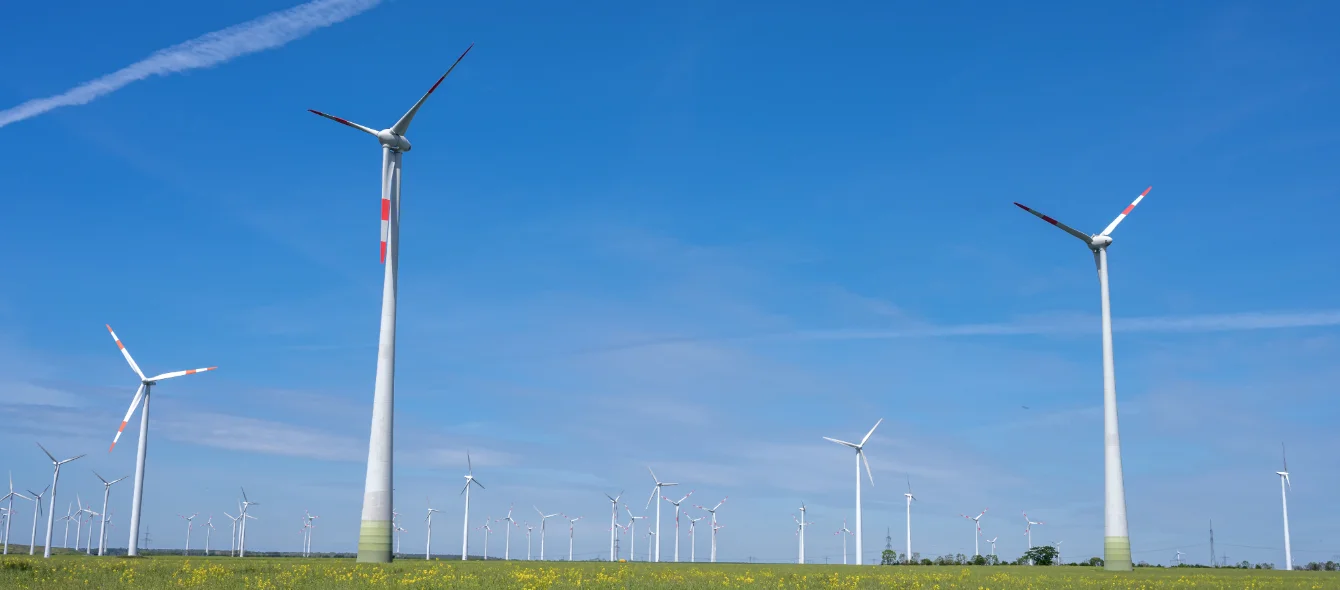Audible noise emitted from wind turbines must remain below strict limits. But this does not apply to frequencies imperceptible to the human ear: enter subsonic noise. Also exempt from these caps are ground vibrations referred to as structure-borne sound. TremAc, a research project funded by the German government, was tasked with determining the need for these threshold values. It involved five universities, including the Karlsruhe Institute of Technology (KIT) and Munich Technical University centres of excellence, as well as engineering consultancy MesH Engineering. The declared objective was to “render the debate objective.” Research activity lasted from 2016 to early 2019.
In subjective terms, some of the local residents felt the subsonic noise from the investigated wind farms was disturbing. However, the study found that hardly any objective influence could be proven. Based on the measurements, subsonic noise emitted by the wind farms was extremely low and in some cases was drowned out by other ambient noise sources. Moreover, the study established that vibration – measured in various ground structures – was multiple times below human perception.
“This makes it highly unlikely that these wave forms cause stress or constitute a perceptible annoyance,” says psychologist Johannes Pohl from Martin-Luther-Universität Halle-Wittenberg, according to WPD Windmanager, the operating company of one of the surveyed wind farms. However, it was determined that further studies were necessary “in order to establish a database that is more specific to wind farms and gain improved knowledge of the physical and psychological factors that can contribute to a disturbance.”
A more detailed summary of the study can be found in WPD Windmanager’s press release.
Photo credit: shutterstock.com, elxeneize
